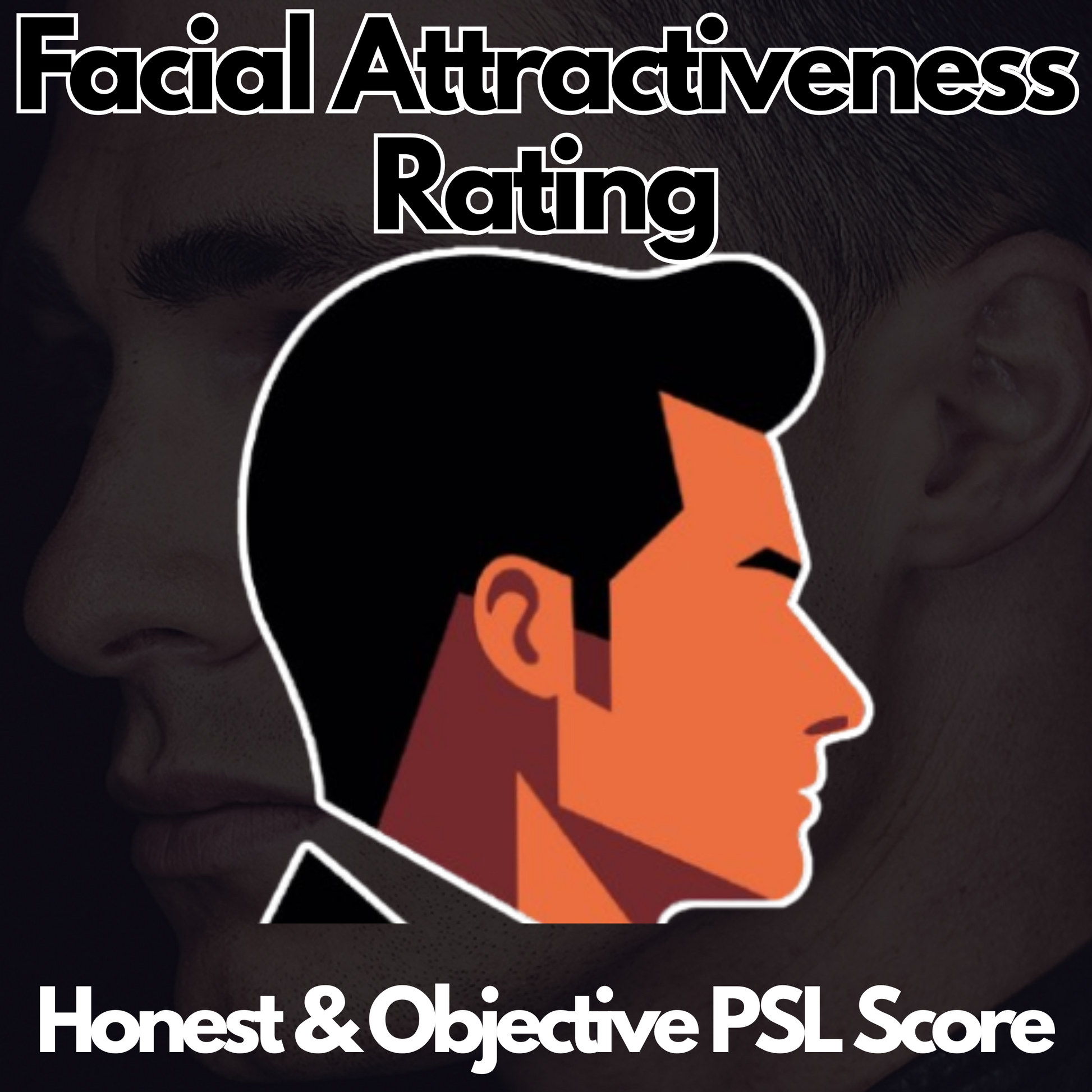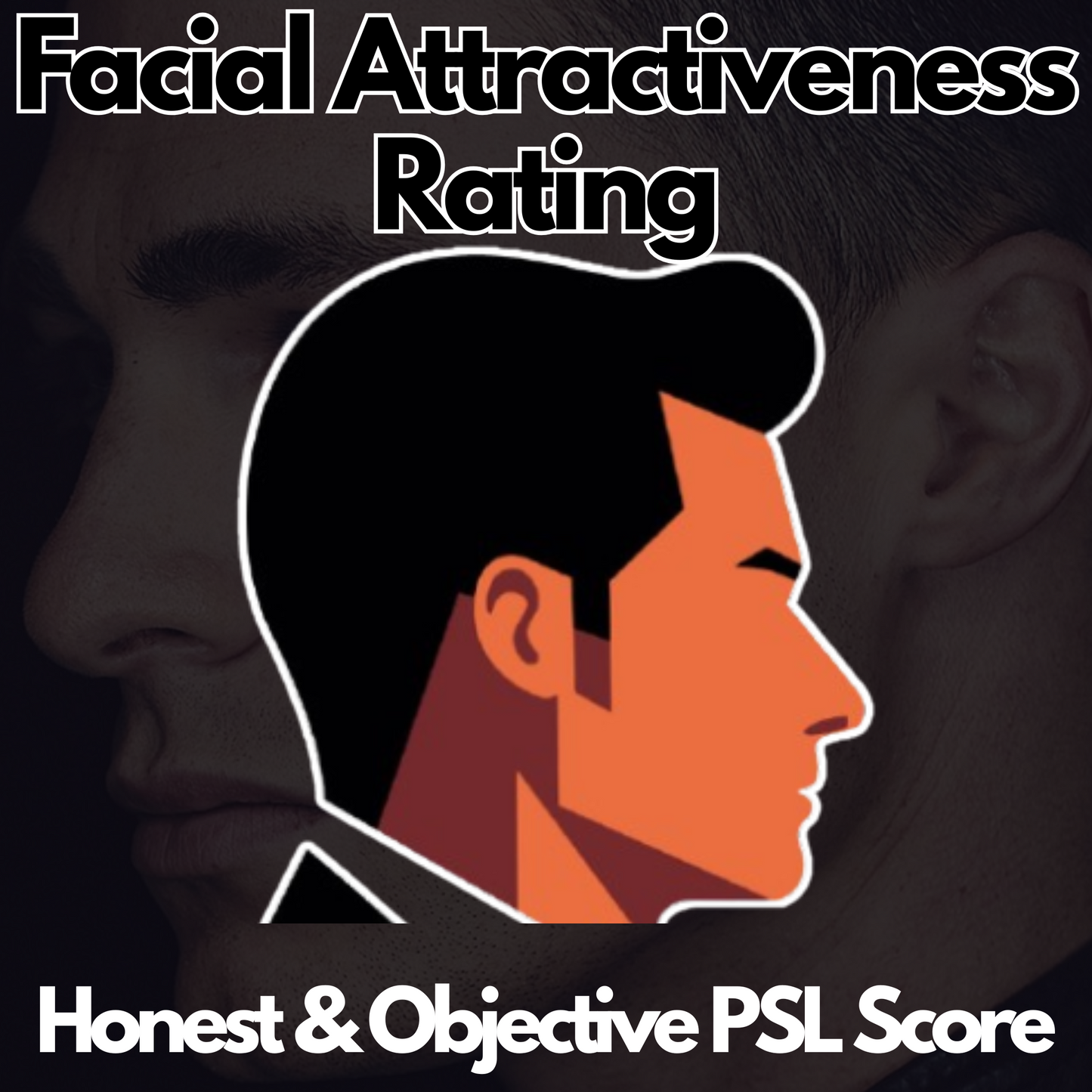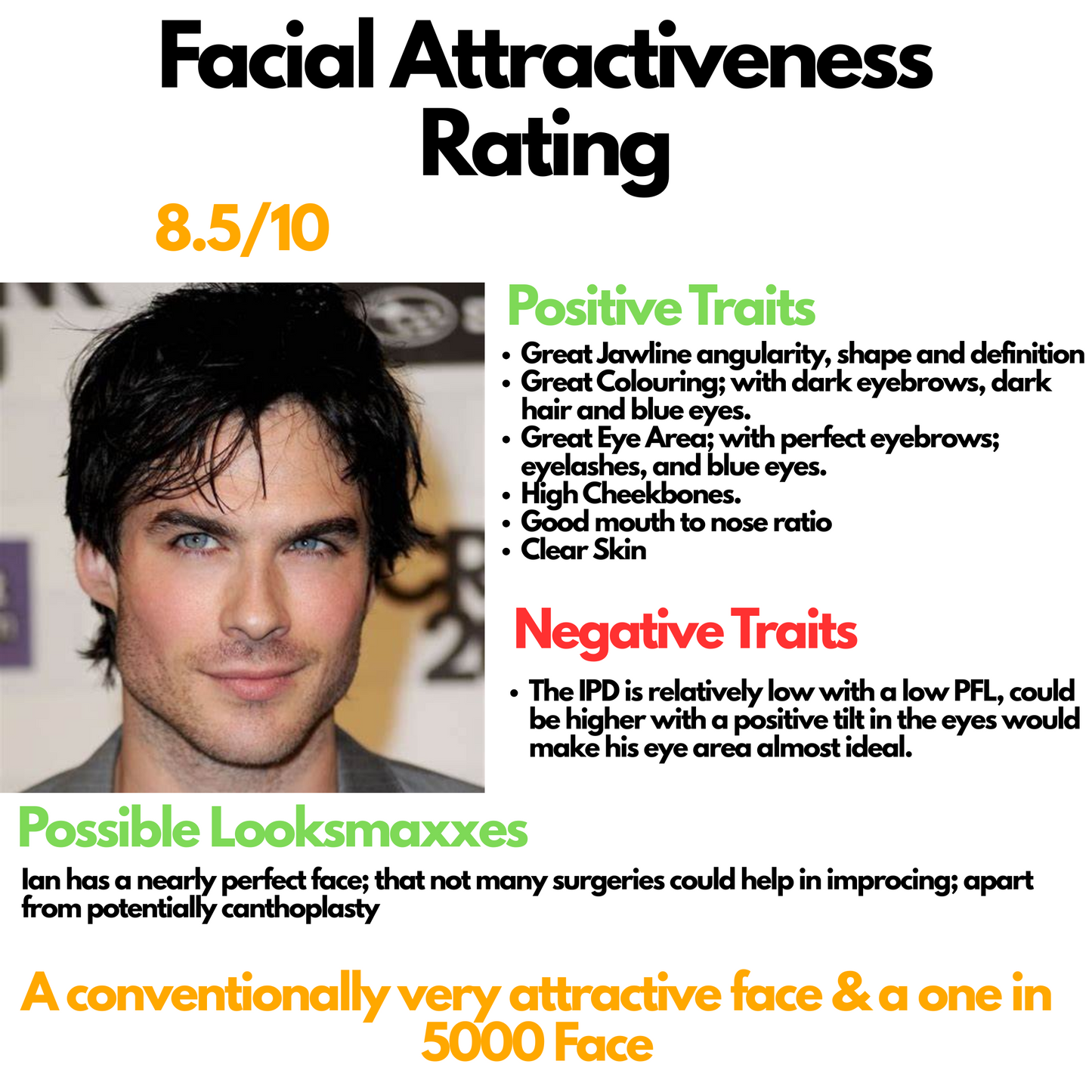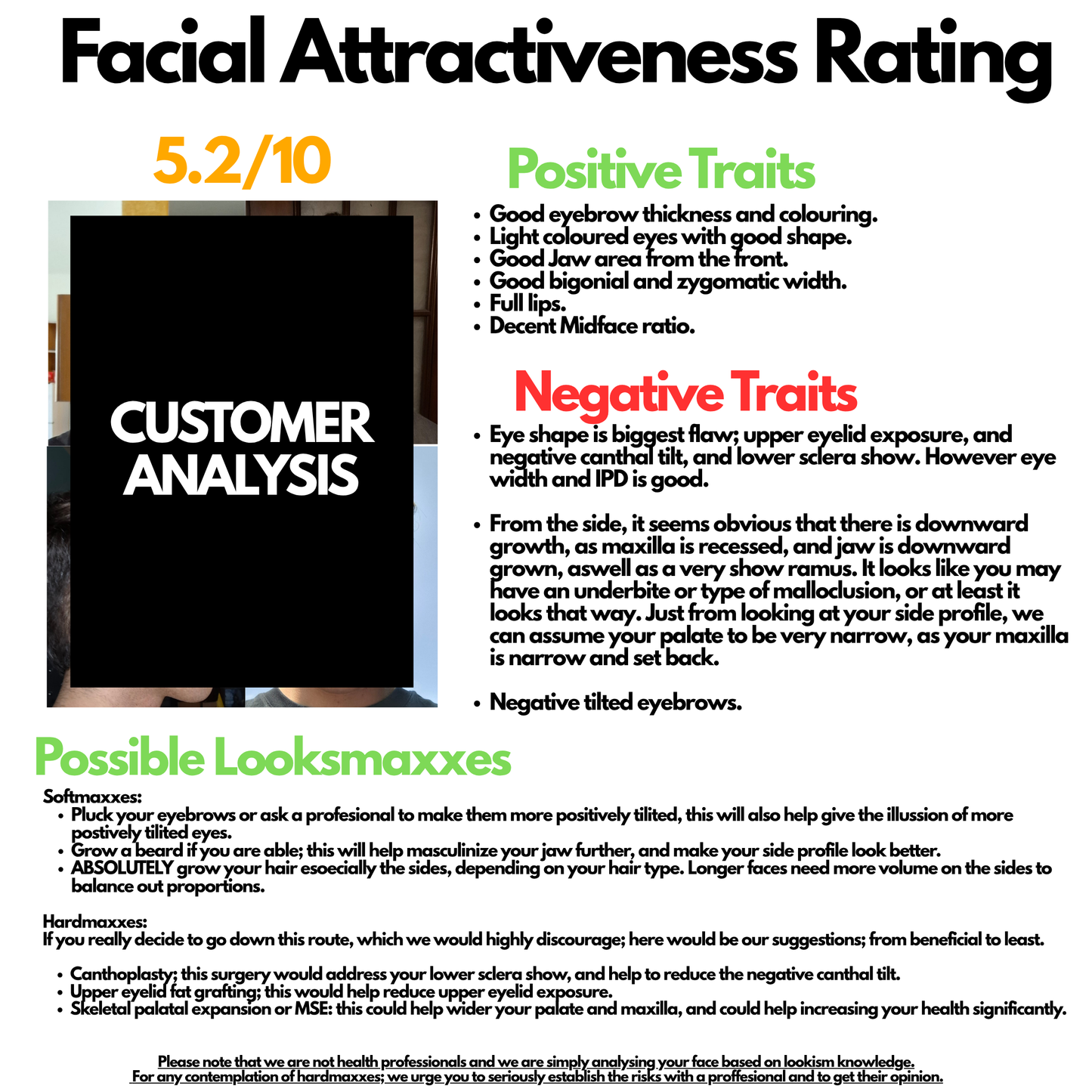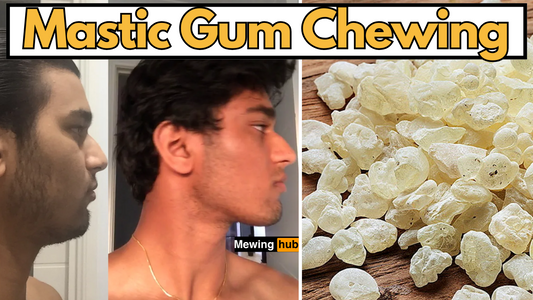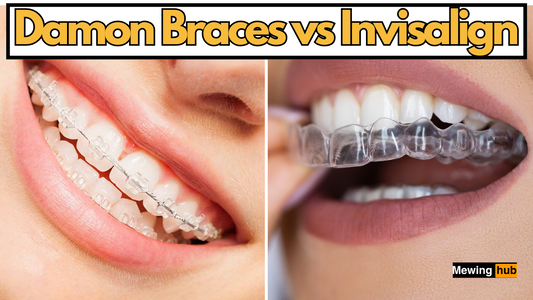How Can Proper Tongue Posture Help Reduce Malocclusions ?
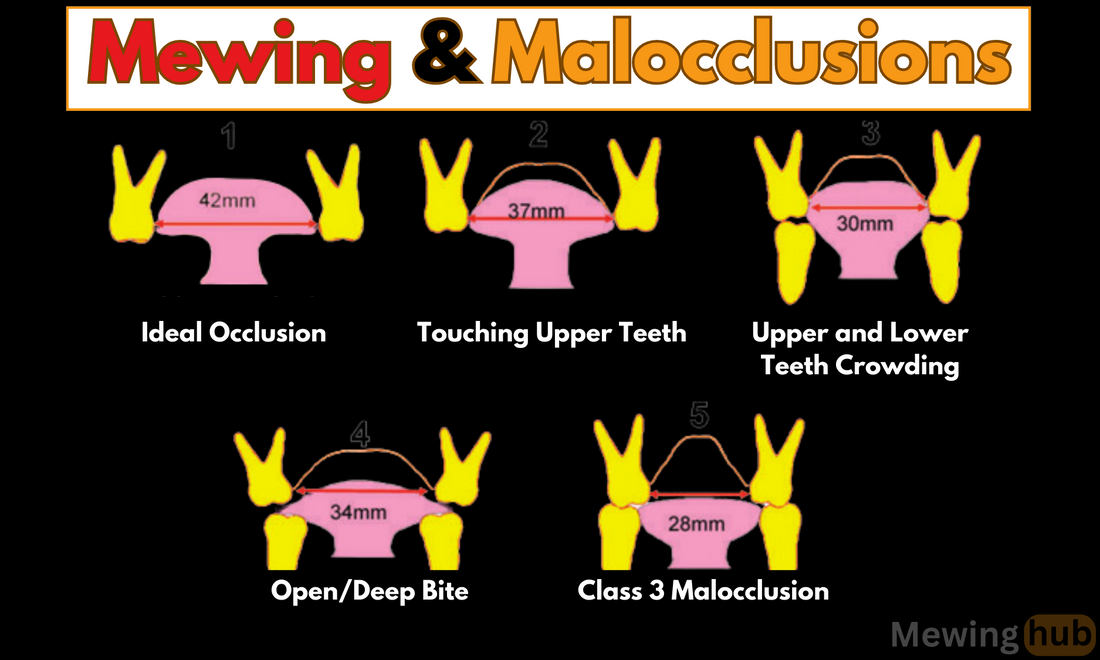
Share
Malocclusion, a common dental condition characterized by misaligned teeth and jaw, has significant implications for both oral health and aesthetics.
This article explores the critical yet often overlooked connection between tongue positioning and the development of malocclusions, highlighting the importance of proper tongue posture, often referred to in the looksmaxing community as mewing.
Mewing Posture and Crooked Teeth
The technique known as mewing, which emphasizes maintaining proper tongue posture, is a key focus in the looksmaxing community.
This method involves keeping the entire tongue pressed lightly against the roof of the mouth, just behind the front teeth, without touching them.

By maintaining this position consistently, individuals can help shape their dental arch and align their jaw correctly, potentially preventing or mitigating malocclusions.
The Effect of Tongue Posture on Malocclusions
When we think about the tongue, its roles in tasting and speaking often come to mind first. However, its importance extends further, particularly in how it rests in the mouth.
This seemingly small detail is crucial in shaping our dental arch and aligning the jaw properly. Improper tongue positioning can lead to malocclusions, while adjusting the tongue's position can be a key factor in either preventing these dental issues or lessening their impact.
The Basics of Malocclusion
Malocclusion refers to the misalignment of teeth and bite, which can manifest in various forms such as overbite, underbite, crossbite, and open bite. While genetics largely determine jaw structure and teeth alignment, environmental factors and habits, particularly during childhood, also play a crucial role. Tongue posture is an important factor that dictates the way that the jaw grows along with the teeth.
Tongue Posture and Its Impact
Correct Tongue Posture
A correct tongue posture entails the entire tongue pressing lightly against the roof of the mouth, just behind the front teeth, without touching the teeth.

This position supports the natural arch shape of the upper jaw.
Conversely, a low-resting tongue or a forward tongue thrust can exert undue pressure on the teeth, potentially leading to misalignments.
Tongue Positions and Malocclusions

Ideal Occlusion
In ideal occlusion, the tongue rests against the palate, leading to a broad dental arch and shallow palate with an intermolar width of 42mm, considered ideal.
Touching Upper Teeth
When the tongue touches the upper teeth, often due to crowded wisdom teeth, it results in a 37mm intermolar width and minor lower incisor crowding. The facial shape remains good, with little need for orthodontics.
Upper and Lower Teeth Crowding
Characterized by a class 1-2 malocclusion with the tongue not resting on the palate. The intermolar width is about 30mm, indicating moderate crowding.
Open/Deep Bite
The tongue exerts a splitting force, biting between teeth, leading to a 34mm+ intermolar width, inward tooth movement, and tongue markings.
Class 3 Malocclusion
In this scenario, the tongue rests on the mouth's floor, causing the upper jaw to collapse and the lower jaw to protrude, resulting in a longer jaw over time.
Low Tongue Posture and Narrow Palate
A low tongue position, where the tongue rests at the bottom of the mouth, can contribute to a narrow upper jaw or a high-arched palate.

This condition often leads to crowded teeth and a crossbite, where the upper teeth sit inside the lower teeth.
Mewing for a Wider Maxilla and Palate

Mewing widens the Maxilla and palate
Mewing, or proper tongue posture can help in widening the maxilla and palate. By ensuring the tongue is consistently placed against the roof of the mouth, the upper jaw can expand properly, reducing the risk of malocclusion and improving overall dental alignment.
Takeaway
Understanding the connection between tongue positions and malocclusion offers a new perspective on preventive oral health care.
While not a standalone solution for severe malocclusions, correct tongue posture (mewing) can play a significant role in maintaining dental alignment and overall oral health.
It's a reminder of how small habitual changes can have a substantial impact on our well-being.

